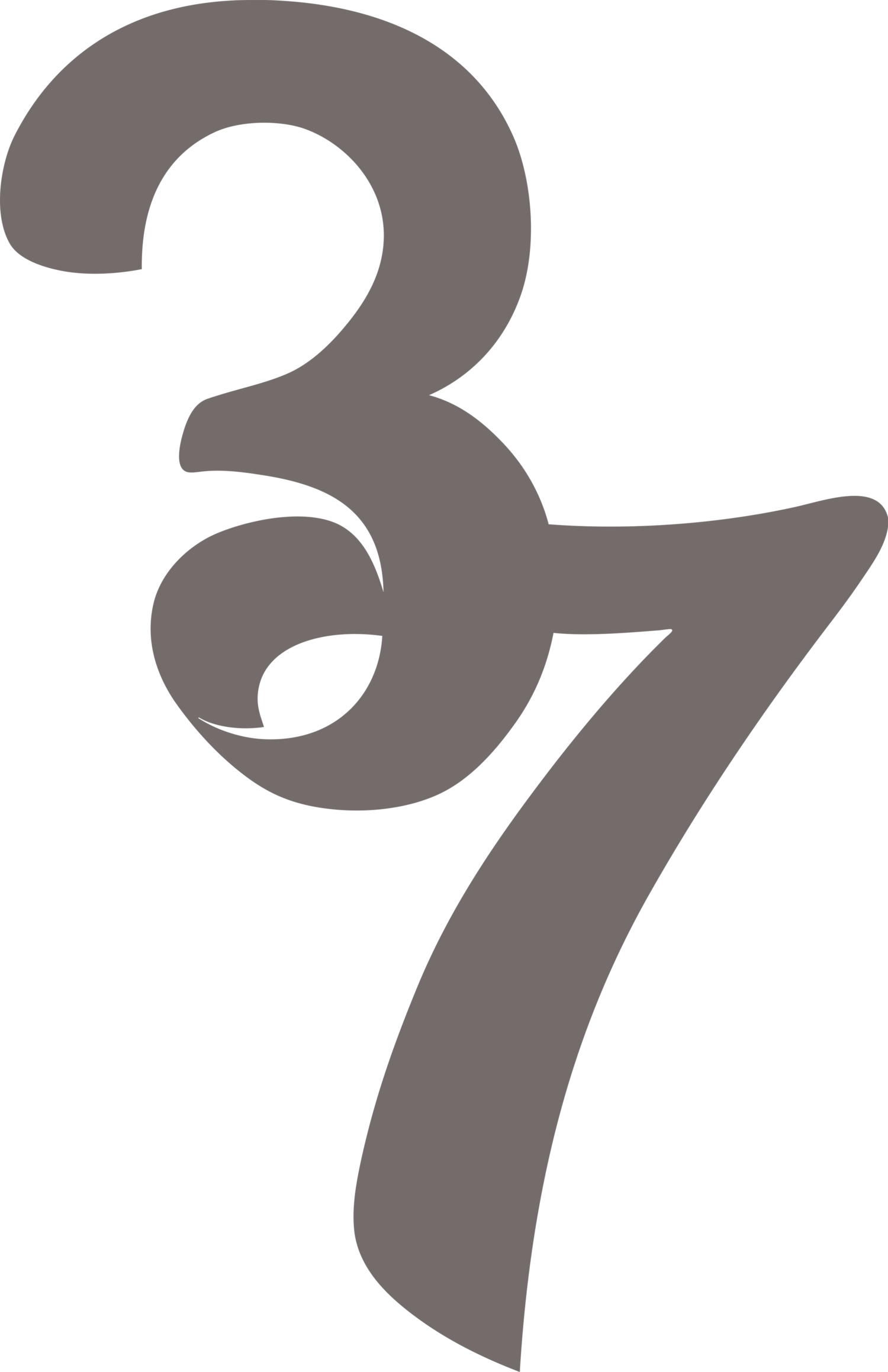BRANDING IS DEAD- #3 in the VIBE series
Branding is dead- maybe not dead, but really ill. Brand, Branded, Branding, Branded Environments, Brand Equity....Brand has become a a hollow word. So many people hanging their services on this simple word, but its not truly part of their practice. Brandwashing. Of course, there are agencies and firms that do excellent brand work- do your homework if your looking for services in this arena.
Here is our perspective-
Why do we include it in our four pillars of design strategy?Because true brand development is really important.
Curating your Brand is not only important, it's an imperative. But your brand is not simply something you hire a designer to make, it is not a design exercise like your identity. Your brand is a living, evolving organism, and it has two distinct hemispheres.
We believe the brand is the single most important component of a successful organization.
First-the two hemispheres:
Internal- The culture, gestalt, the day to day experience you, your peers and the people who work for you and the people you work for create. This is your internal brand, and it is the key to creating engaged members, retention, inspiring innovative and creativity, and doing powerful work. This 'brand' starts with the leadership and when done well, becomes the domain of every member of the organization.External- This is viral, organic kind of brand. It's an opportunity to extend the reach of your vision well beyond your circle of influence. Its directly linked to every single touchpoint in your client and personal interactions. It lives in the court of public opinion and can be very powerful.
Second- how to curate your brand.
There are pages and pages of writing on this subject, some of it very smart. Here is the way we look at it, in simple terms:Get your language right. Everyone will tell their own version of the story of you- give them as many of the key words so the core message is consistent and tight.
Live your brand, and make it genuine. Your authentic self is truly an awesome thing if you let it be. If you talk the talk, walk the walk.
Don't be afraid. Your brand should be something you are a maven about. Not as a sales tool, but just because. Sales, revenue, that will follow. you just need bring all the energy you can muster to the dance.
Align the two hemispheres. If your internal and external brand attributes do not align, its trouble. Confusing your audience is just a bad idea. Make a promise to your clients that is consistent with the promise you make to your associates.
Third- How do I deal with my brand?
Take a minute and consider why you do what you do. Is it so your family can have security and a good living? Are you curious and like to solve problems? Are you a systematic maven and want to build the perfect machine or are you a romantic creative and want to embrace all that is beautiful in life?
What sort of organizational environment is perfect for you? A benevolent dictatorship or an entrepreneurial think tank. Open, closed? Song or dance? Chaos or Order?
If you've spent time developing your Identity, think about it. Outside of identifying you or your organization, it speaks volumes about the brand expectations.
Action- What should you do?
Live your personal brand to the fullest and be a champion of the brands you represent- your voice is powerful. If you can't be a brand ambassador of your organization, you're in the wrong placeFind three to five key qualities you espouse, your brand pillars. If you honestly consider the why of what you do, these will become apparent. Lead with them inwardly and outwardly.
Honestly, branding is easy- just look yourself in the mirror- its all there.
Giving it a voice in an understandable, distinct way requires some thought.
If you need help building your brand, don't be seduced by snappy identity work. Find a consultant that asks good questions, listens and connects your Vision, Identity, Brand and Environment.





























































